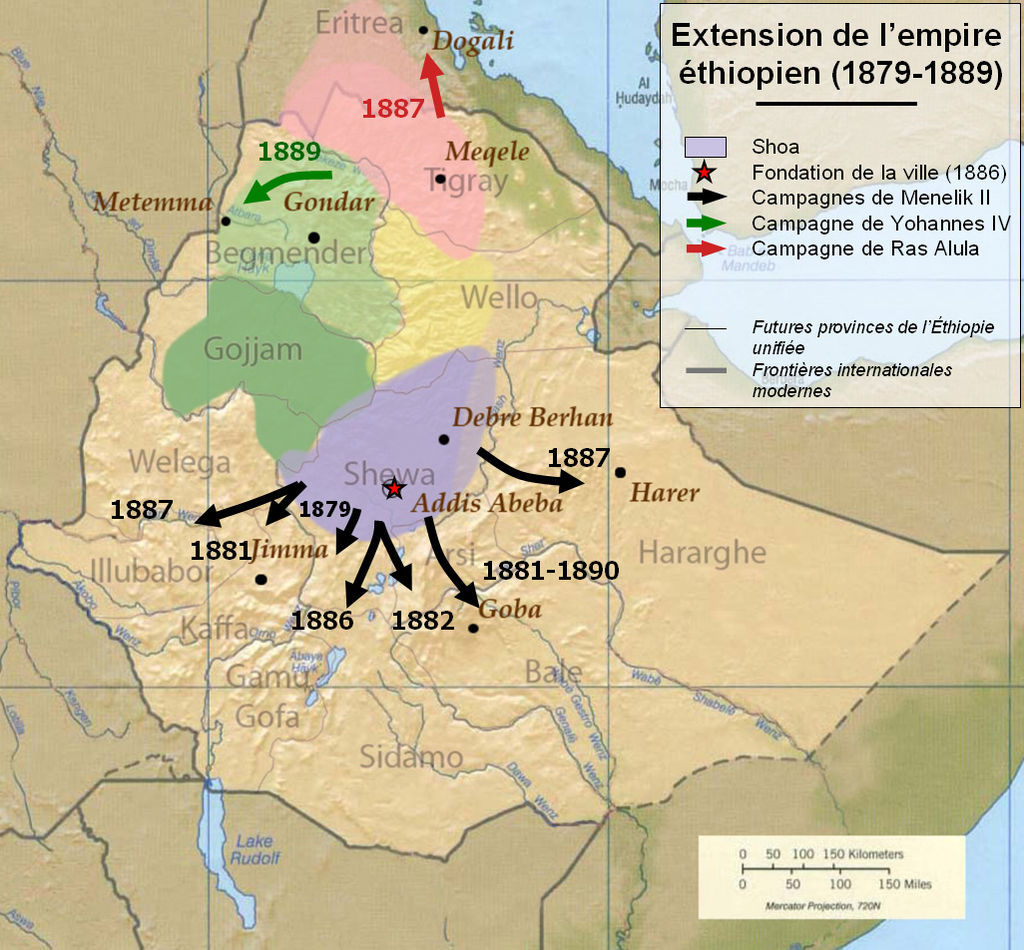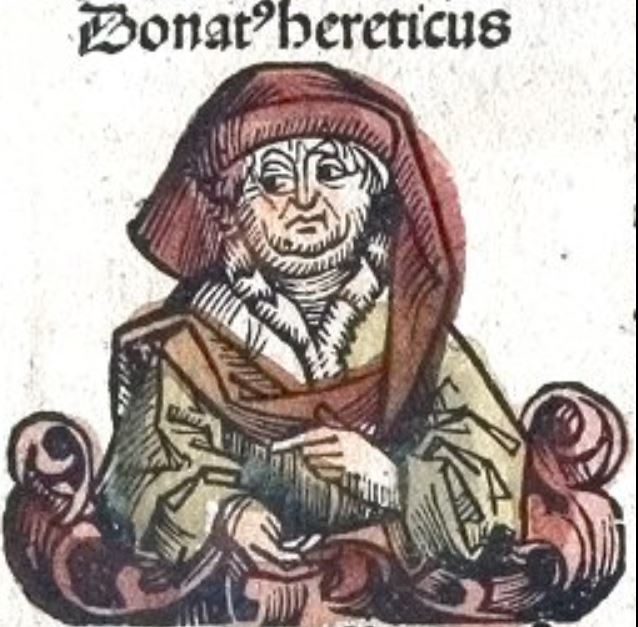
The world is disgusted at the malevolent indifference of Abiy Ahmed and the Ethiopian government to the starvation and torment constantly applied to the innocent Tigray population. The world must understand the origin of a twisted blasphemous manifest destiny of Amharic domination that began with the death of Yohannes IV the last Tigray Emperor of Ethiopia in 1889.
Similar to Europe there was a strong imperial character to the Ethiopian Orthodox Church which existed with the monarchy. The Ethiopian Orthodox Church developed quite independently of the Roman Catholic Church and also somewhat isolated from the Eastern Orthodoxy as well with its own special characteristics including the concept of Jesus Christ incarnation of human and God being indivisible. This concept is called Tewahedo and often the Ethiopian Orthodox Church uses this name in short. A very important concept for the clergy was Donatism which stated that priests had to be perfect examples of the followers of Christ otherwise they could not carry out their sacred functions of the Eucharist, Blessings, and Forgiveness, and Counsel to the Emperor. This concept which is not seen in the Western Church empowers Tewahedo to have tremendous influence over the secular government. They can forgive any sin and counsel any heinous act.
The Byzantine founder, Constantine, greatly admired by Tewahedo followers believed that although Jesus teaches peace and love the imperfect soul of man will inevitably bring war. Whenever possible the concept of akrievia (Greek: ακριβεια)which is to strictly follow the peaceful path must be sought. However in a fallen world where human weakness has brought chaos Economia(Greek: οἰκονομία, oikonomia) is allowed to temporarily break God’s commandments. The end will justify the means. Tewahedo clergy leadership has the power to give temporary dispensation for committing of even mortal sins to facilitate Amharic destiny.
Although previous Tigray rulers including Ras Alula sought some expansion from Tigray into Eritrea and Johannes temporarily captured Gondar it was after the death of Yohannes IV when Menelik II came into power that Amharic expansion began with the application of economia theological support for barbarism and cruelty. Killing, torture, theft of land, and enslavement were morally justified towards the Oromo, Southern People, and Muslims of the Western Ethiopia to achieve the goal of building the Amharic Empire. In the last decade of the 19th century, Amharic expansion violently captures the regions of the Oromo, Sidamo, and Somali lands tripling it’s territory and making a new capital, Addis Ababa, out of the former FinFinne.


